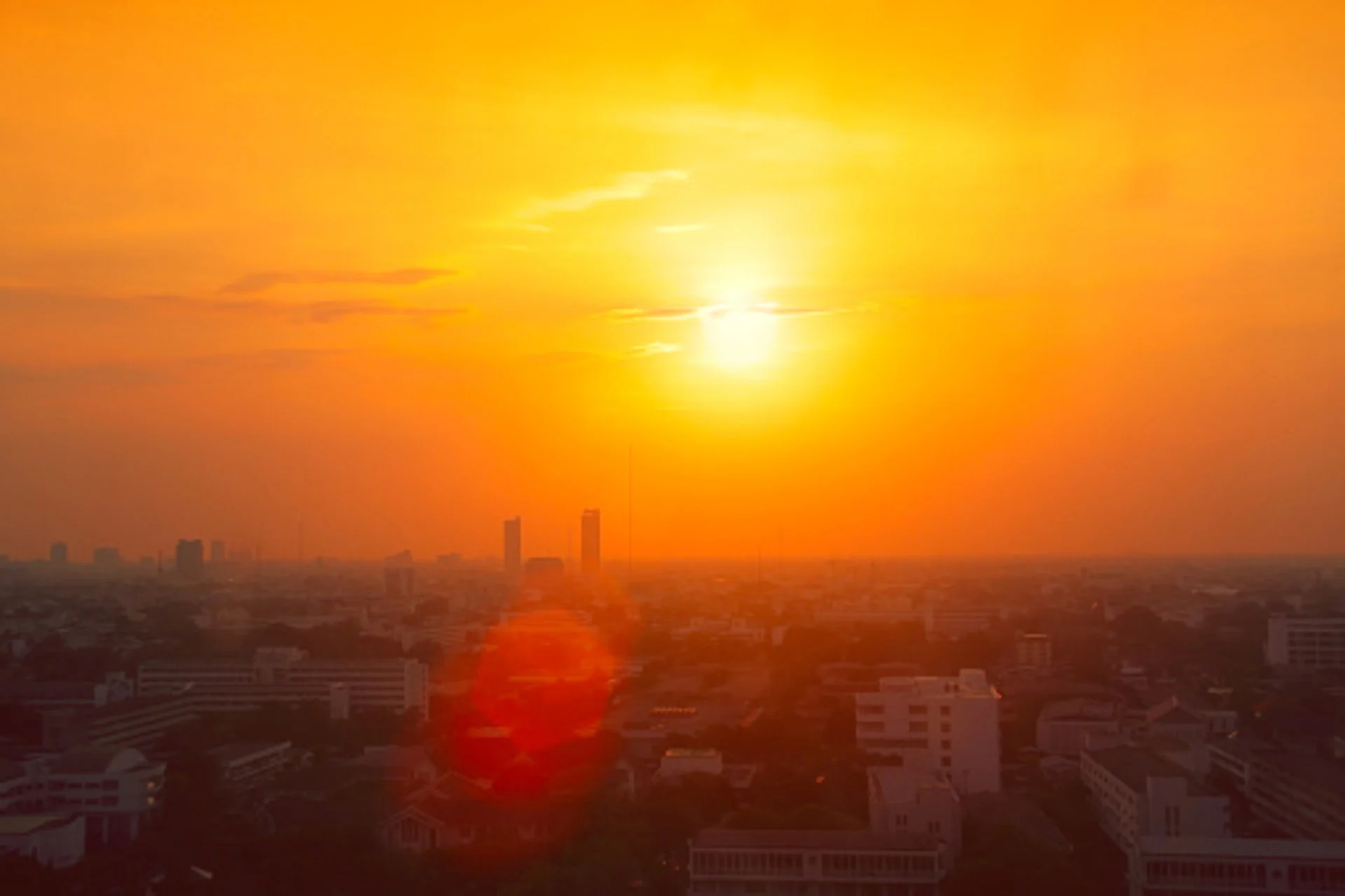
Life-threatening extreme heat set to trap millions indoors by 2060
Extreme heat and humidity are increasing across the globe, threatening millions of lives and economies in places where it could become fatal to work outdoors, scientists said on Friday.
Parts of Australia, India, Bangladesh, the Persian Gulf, China, Mexico and the United States have experienced hundreds of previously rare incidents of extreme heat and humidity since 1979, said the study in the journal Science Advances.
These punishing conditions have lasted only one to two hours but climate change is likely to prolong them to about six hours at a time by 2060 and expand the affected areas, lead author Colin Raymond told the Thomson Reuters Foundation.
"That's kind of a conservative estimate but that's still earlier than anyone else had projected," said Raymond, who did the research as a PhD student at Columbia University and now works for NASA.
Moist, humid conditions make it harder for people to sweat away excess heat, leading to health risks including heat stroke, which can kill or disable victims who go untreated, according to the U.S. Centers for Disease Control and Prevention (CDC).
Many scientists are examining the potential increase in extreme heat and its impact on economies and health, with mental health problems set to soar as people have trouble sleeping and working.
Limiting warming to 1.5C above pre-industrial times is the most ambitious goal of the 2015 Paris Agreement on climate change and world temperatures have already risen by 1.2C.
A separate paper published this week by the Netherland's Wageningen University warned of "near-unlivable" heat of above 29 degrees Celsius (84.2°F) for a third of humanity by 2070.
VIDEO: THIS IS WHY CLIMATE CHANGE MAKES THE OCEANS MORE ACIDIC
In the Columbia University-led study, data from nearly 8,000 weather stations showed readings approaching or exceeding 30C have doubled since 1979, and two - in the Persian Gulf and Pakistan's Indus River Valley - reported values above 35C.
"We may be closer to a real tipping point on this than we think," Radley Horton, co-author and climate scientist at Columbia's Lamont-Doherty Earth Observatory, said in a statement.
The highest readings were in parts of Saudi Arabia, Qatar and the United Arab Emirates, home to some 3 million people.
Surviving in these conditions would require adapting buildings to provide shade and cooling and human behaviour, which includes minimising outdoor labour, said Raymond.
This could severely disrupt farming and commerce, with many poor people unable to afford air conditioning, said Horton.
The study focused on "wet bulb" temperatures, which scientists say reflect the combined effects of temperature and humidity, a more useful indicator of heat stress.
Russian heatwaves in 2010, with temperatures of nearly 40C which killed tens of thousands of people, experienced wet bulb temperatures "no greater than 28C", the paper said.
Reporting By Thin Lei Win @thinink, Editing by Katy Migiro. With credit to the Thomson Reuters Foundation.











